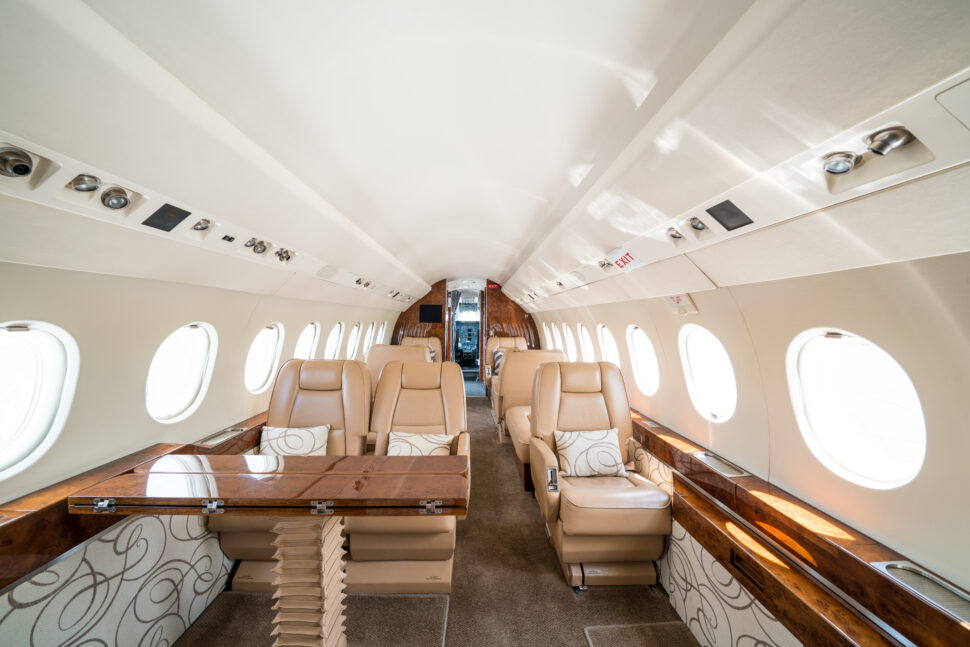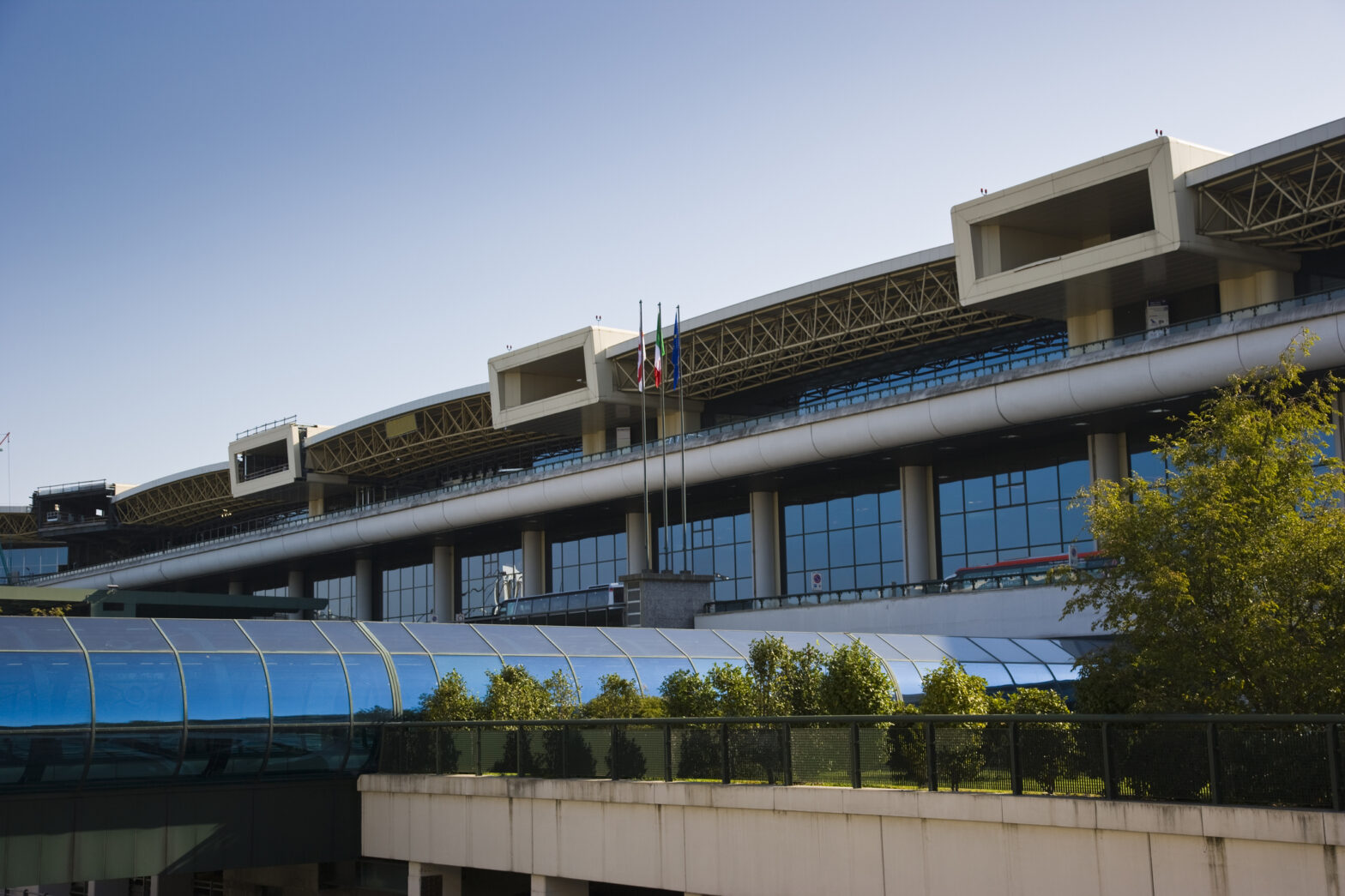Picture yourself seated by your window seat, as your plane takes off, then you ascend thousands of feet about sea level, thinking about life in the oceans as you fly. As the clouds part, it reveals a stunning view of the earth from above. But have you ever wondered just how high you are actually flying? Let’s take a look at the skies and see just how high airplanes fly.
Cruising Altitude

For most commercial flights, the sweet spot lies between 30,000 and 40,000 feet (12.19 km) above sea level, with 35,000 feet (10.67 km) being a common cruising altitude. This altitude is where airplanes find a perfect balance of efficiency and safety. But what makes this height so special? At 35,000 feet (10.67 km), the air is significantly thinner than it is at ground level. This means less drag on the airplane, allowing it to fly faster and more efficiently. The reduced air resistance helps to save fuel, making your journey more economical and environmentally friendly.
Above the Elements
One of the perks of flying at such high altitudes is that you’re above most of the weather systems. Turbulence caused by weather is generally less frequent, ensuring a smoother ride. While you might encounter some bumps along the way, flying above the clouds means avoiding most of the storms and bad weather that brew closer to the Earth’s surface.
Private Jets

While 35,000 feet (10.67 km) is the norm for commercial airliners, some aircraft can soar even higher. Business and private jets often cruise between 41,000 and 45,000 feet (13.72 km). These aircraft are designed to fly higher to avoid commercial traffic and to reach their destinations more quickly.
Fun Fact: The current record for the highest altitude achieved by a commercial airliner belongs to the Concorde, which used to cruise at an astonishing 60,000 feet (18.29 km). At this height, passengers could see the curvature of the Earth and the dark expanse of space above.
Flying at high altitudes allows pilots to take advantage of the jet streams – fast flowing air currents that move from west to east. By aligning their flight paths with these natural highways, planes can cut down on travel time and save on fuel. It’s like catching a ride on the world’s fastest conveyor belt.
Fly Better

Understanding the altitude at which airplanes fly adds a new level of fascination to your travel experience. Next time you ride on the clouds, remember the science of your altitude and enjoy the thrill.





